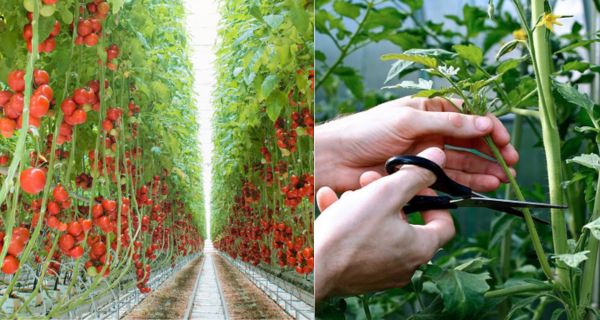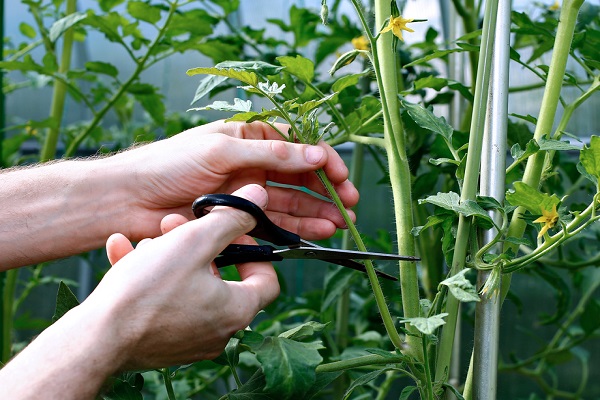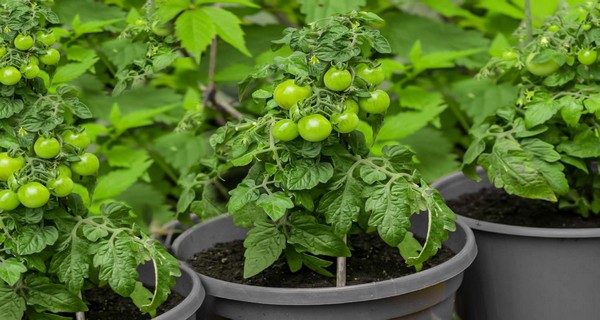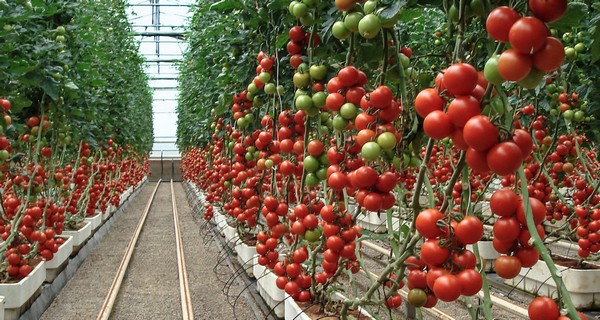Ad Blocker Detected
Our website is made possible by displaying online advertisements to our visitors. Please consider supporting us by disabling your ad blocker.
Content
- What tomatoes should be pruned?
- Why prune tomato plants?
- When to prune tomatoes?
- How to prune tomatoes
- Pruning determinate tomatoes
- Pruning indeterminate tomatoes
- At planting
- During the growing season
- At the end of the season
- Common mistakes to avoid when pruning tomatoes
- Propagating tomato cuttings
- Frequently asked questions
- Summary
How to Prune Tomato Plants for a Bigger Harvest

How to Prune Tomato Plants for Better Tomatoes and a Bigger Harvest
Garden enthusiasts constantly seek methods to maximize their garden harvest, especially when it comes to growing tomatoes. Numerous tricks are employed in this endeavor, and among them, pruning stands out as an age-old and widely embraced technique.
Apart from the traditional methods like using specific fertilizers and employing soil amendments, trellising, and various gardening tools, pruning has proven to be an effective means of enhancing the overall well-being of tomato plants. Pruning not only boosts yields but also plays a vital role in disease control and expediting the ripening process.
Although pruning tomatoes is not mandatory, it offers several advantages for your plants. Apart from reducing the risk of plant diseases and enhancing the flavor of tomatoes, pruning also facilitates easier maintenance, making it possible to accommodate tall and indeterminate tomato plants even in small-space gardens.
However, it is important to understand the proper techniques and timing for pruning tomatoes, as not all tomato varieties derive equal benefits from this practice.
In this comprehensive guide, we will address all your queries regarding tomato pruning and assist you in thinning out your plants while increasing tomato yields. Moreover, pruning can be a valuable method for propagating more tomato plants for your garden, and it can also help expedite the ripening process before the arrival of autumn frosts. So, if you’re eager to begin, let’s delve into the details!
What tomatoes should be pruned?

In general, the practice of pruning tomatoes varies depending on the type of tomato plant. Indeterminate tomatoes, which are larger and vining in nature, are typically pruned, whereas determinate tomatoes usually require minimal pruning or no pruning at all.
Tomatoes can be categorized into two main types: indeterminate and determinate. Indeterminate tomatoes are characterized by continuous growth and fruit production throughout the entire growing season. On the other hand, determinate tomatoes cease growing once they reach a certain size and produce all their tomatoes within a relatively short timeframe.
While it is not strictly necessary to prune any type of tomato, indeterminate tomatoes generally benefit from pruning. Pruning these varieties helps manage their growth and encourages better fruit production.
In contrast, determinate tomatoes are often pruned to a lesser extent or left unpruned altogether, as excessive pruning can limit their fruiting potential and decrease overall harvest yields. However, there are still certain situations where pruning may be beneficial for both indeterminate and determinate tomatoes.
Why prune tomato plants?

Pruning tomatoes presents certain advantages, particularly in terms of disease control. While it does require some additional effort, the benefits it provides, especially for indeterminate tomatoes, are worth considering. From earlier fruit production to promoting healthier plant growth, here are some key reasons why you might choose to prune your tomatoes during this growing season.
More space
Indeterminate tomatoes have a tendency to grow vigorously, often resulting in their large size and the emergence of numerous side shoots and suckers. Unfortunately, this excessive growth can obstruct the sunlight from reaching neighboring plants in your garden. By practicing pruning on these robust tomato plants, you can prevent them from overpowering your garden space.
Additionally, trimming away side shoots and excess leaves enables you to accommodate more tomato plants within a limited area. Moreover, removing lower leaves from tomato plants creates additional soil space, providing an opportunity to cultivate lower-growing vegetables, such as lettuce and radishes, in the shaded areas beneath the tomato plants. This efficient use of garden space allows for increased productivity and plant diversity.
Bigger fruit
Pruning off excess branches and suckers from your tomato plants can redirect their energy toward producing larger tomatoes. By focusing the plant’s resources on fewer fruiting branches, you can encourage the growth of bigger and more flavorful tomatoes. Additionally, you have the option to limit the number of flowers on your tomato plants, which allows the plant to channel its energy into producing fewer but larger and tastier tomatoes.
This selective approach to pruning and flower control can lead to a more bountiful and satisfying tomato harvest.
Earlier ripening
At the conclusion of the growing season, it is common practice to “top” tomato plants by removing their actively growing tips. This technique restricts further growth of the plant and diverts its energy towards fruit development. By topping the tomato plants, you can expedite the ripening process of the tomatoes, especially towards the end of the season.
This approach is particularly beneficial if you have concerns about potential fall frosts, as it ensures that your harvest is ready before the arrival of cold weather. Topping tomato plants can be an effective strategy to maximize the yield and quality of your tomato crop while mitigating the risks associated with late-season frost.
Easier trellising
Managing the sprawling growth of indeterminate tomatoes can often be a daunting task, especially when it comes to securing them to garden stakes or other trellising options. However, by pruning your tomatoes to retain only one or two main stems, you can significantly simplify the process of affixing your plants to plant supports using Velcro or garden twine.
This focused pruning approach helps create a more manageable structure, making it easier to train and support the tomato plants as they grow. With fewer stems to contend with, you can effectively guide the growth of your tomatoes and ensure they stay properly supported throughout the growing season.
Reduce tomato diseases

Pruning off excessive leaves from your tomato plants offers multiple benefits, including improved airflow and faster drying of the remaining leaves. This increased airflow can significantly reduce the occurrence of certain tomato diseases, particularly fungal infections.
Additionally, removing the lower leaves of tomato plants prevents them from coming into contact with the soil, thus minimizing the spread of diseases like blight. By implementing these pruning practices, you can create a healthier environment for your tomato plants, minimizing the risk of disease and promoting their overall well-being.
Fewer pests
Trimming away excess tomato leaves has the advantage of creating a clearer view of the center of the plant, making it easier to spot any pests residing on it. If you’ve encountered difficulties in locating tomato hornworms or other insects on your tomato plants, removing some leaves can greatly facilitate pest control efforts.
Moreover, this practice enhances the visibility of beneficial predators, such as birds and parasitic wasps, allowing them to more effectively identify and target pests. By pruning the leaves, you create a favorable environment for natural pest management, making it simpler to address pest issues and encourage the presence of beneficial insects in your garden.
Tidier plants
Indeterminate tomatoes possess a certain wild and untamed aesthetic that appeals to many gardeners. However, if you prefer a more orderly and manicured appearance for your garden, pruning your tomatoes can provide a refined look to your plants. This practice not only contributes to a neater and more organized garden design but also creates cleaner lines throughout your garden layout.
By selectively pruning your tomatoes, you can achieve the desired level of elegance and symmetry while still enjoying the beauty and productivity of these versatile plants.
Propagation
Pruning tomatoes not only enhance the health of your current plants but also offers an opportunity to expand your garden with additional tomato plants. This is made possible by the propagation of tomato cuttings, which can be rooted to create new plants. Once your tomato cuttings have successfully taken root, you can sow these new plants in various locations within your garden or share them with friends, spreading the joy of growing tomatoes.
This propagation method allows you to increase the number of tomato plants in your garden and potentially extend the benefits of a bountiful harvest to others as well.

